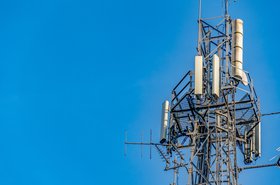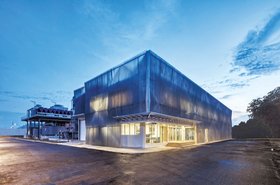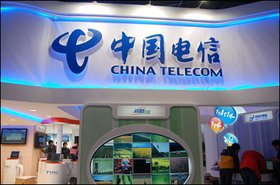Japanese mobile operator NTT Docomo has picked Nokia's Open RAN 5G AirScale baseband kit for its commercial network.
The Open RAN network includes Centralized Unit (CU) and Distributed Unit (DU) software, which will be deployed across Japan.
NTT Docomo also used Nokia for its 3G and 4G networks.
The Finnish vendor said that its latest Open RAN kit, which is powered by its ReefShark System-on-Chip technology, is energy-efficient, and will enable NTT Docomo to deliver operational cost savings and reduce power consumption.
Open RAN promotes a new breed of telecoms kit that allows providers to ‘mix and match’ solutions from multiple vendors, which is impossible with proprietary network equipment.
Both Nokia and NTT Docomo are members of the Open RAN Alliance, a body that pushes the idea of collaboration for the build-out of mobile networks.
Analyst firm Counterpoint Research revealed earlier this month that it expects telcos to invest more than $30 billion in Open RAN by the end of the decade.
“Nokia’s O-RAN compatible AirScale 5G Baseband solution is extremely competitive and is capable of being connected to any O-RUs on NTT DOCOMO’s 5G commercial network," said Masafumi Masuda, general manager of RAN Technology Promotion Office, NTT Docomo.
"Its high performance and low power consumption will also reduce our operational costs and support our sustainability goals."
In September, NTT Docomo paired with semiconductor company Nvidia to deploy a GPU-accelerated wireless solution in its network.
In doing so, the company claims to be the first telco in the world to deploy a GPU-accelerated commercial 5G network.
Its 5G Open RAN network uses a high-performance 5G virtual radio access network (vRAN) from Fujitsu built on the Nvidia Aerial vRAN stack and Nvidia Converged Accelerators.







